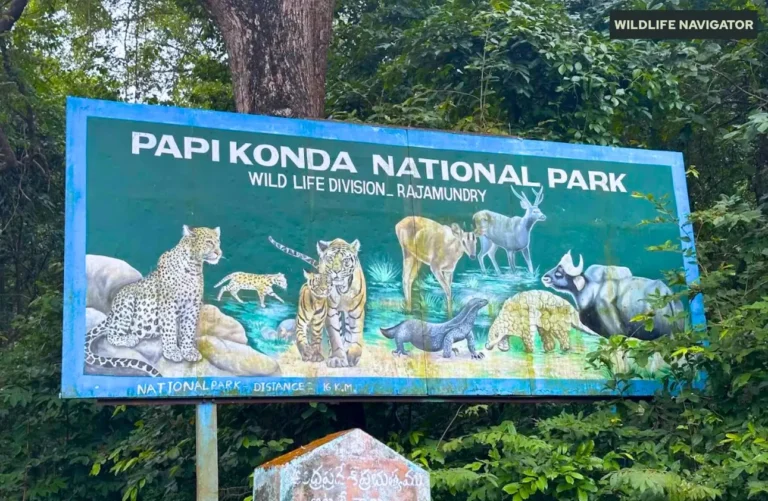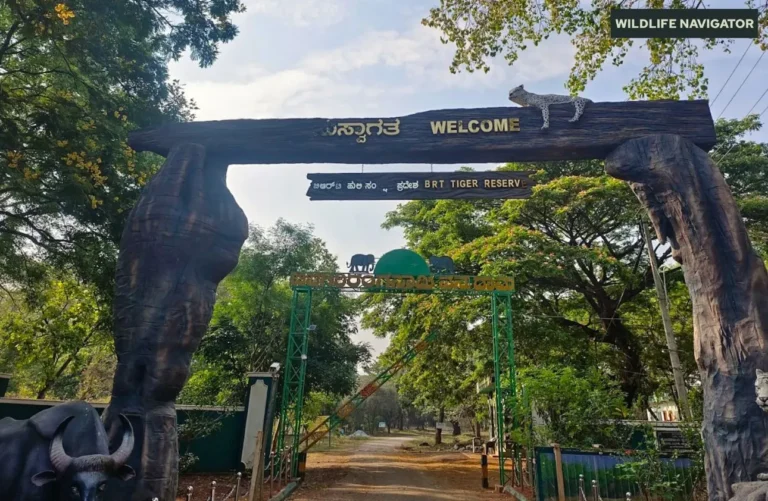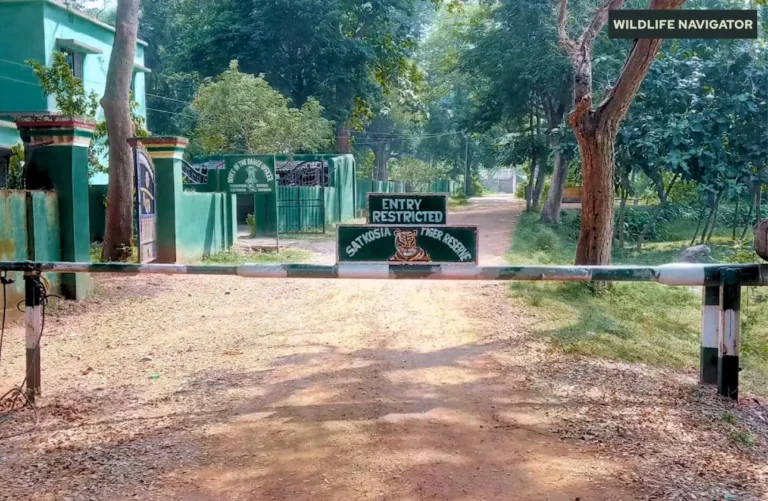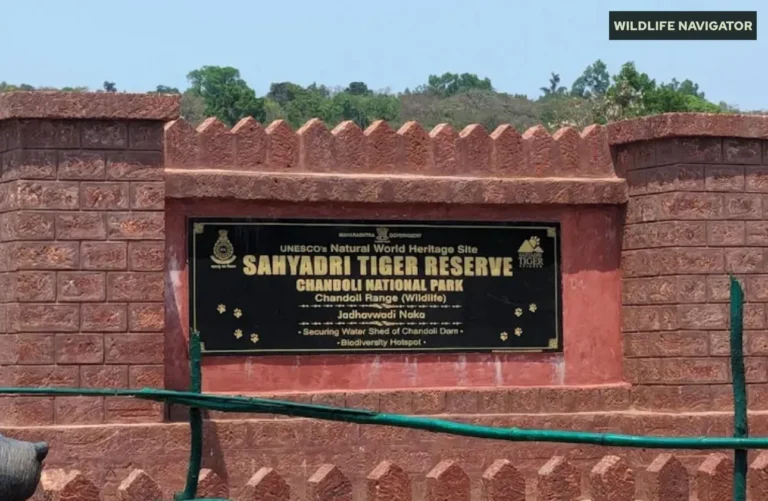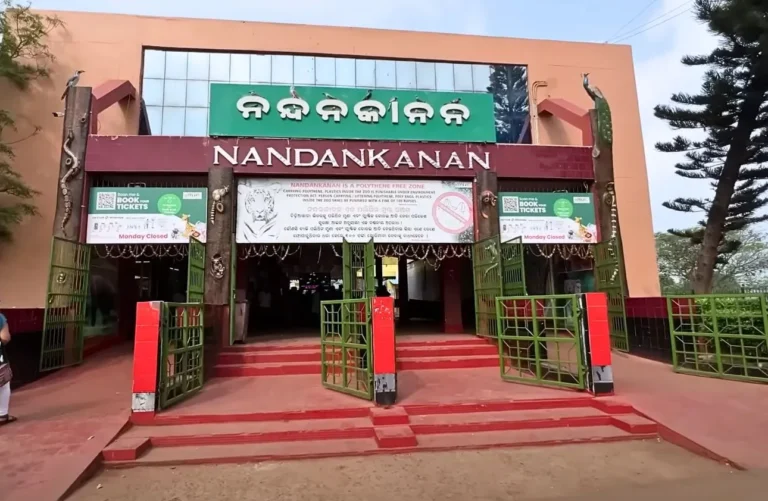Ranthambore National Park: Safari, Tickets, Zones & Complete Travel Guide

Have you ever dreamed of locking eyes with a Royal Bengal Tiger in its natural habitat? That’s exactly what Ranthambore National Park in Rajasthan offers. Famous worldwide for its thrilling tiger safaris, Ranthambore is not just about spotting the majestic big cat—it’s a fascinating blend of wildlife, ancient history, and raw natural beauty.
In this ultimate travel guide, we’ll cover everything you need to know about Ranthambore National Park safari booking, ticket prices, best time to visit, zones, how to reach, where to stay, and what makes this park so famous.
1. About Ranthambore National Park
Located in the Sawai Madhopur district of Rajasthan, Ranthambore National Park is one of the largest and most famous national parks in India. Spread over 1,334 square kilometres, the park is a part of the larger Project Tiger initiative and has played a vital role in tiger conservation.
Originally a hunting ground for the Maharajas of Jaipur, Ranthambore was declared a wildlife sanctuary in 1955 and later became a tiger reserve in 1973 under Project Tiger. Today, it stands as one of the best places in the world to see tigers in the wild.
Besides tigers, Ranthambore is also known for its Ranthambore Fort (a UNESCO World Heritage Site), picturesque lakes, and a landscape dotted with ruins, which give it a unique mix of wilderness and history.
2. Where is Ranthambore National Park Located?
One of the most common questions is: Where is Ranthambore National Park located?
- State: Rajasthan
- District: Sawai Madhopur
- Distance from Jaipur: ~180 km (3.5–4 hours by road)
- Distance from Delhi: ~380 km (6–7 hours by road or 4 hours by train)
- Nearest Railway Station: Sawai Madhopur Railway Station (approx. 11 km)
- Nearest Airport: Jaipur International Airport (180 km)
On the map, Ranthambore lies at the junction of the Aravalli and Vindhya hill ranges, creating a dramatic landscape of rugged hills, open grasslands, and dense forests.
3. Ranthambore National Park is Famous for Which Animal?
Without a doubt, Ranthambore is most famous for its Royal Bengal Tigers. Unlike many other parks, the tigers here are relatively accustomed to human presence, making sightings more frequent.
Apart from tigers, Ranthambore is home to:
- Leopards – shy but occasionally spotted
- Sloth Bears – often seen near fruiting trees
- Marsh Crocodiles – lurking in the lakes
- Jackals, Hyenas, and Wild Boars
- Spotted Deer, Sambar Deer, and Nilgai (Blue Bull)
For birdwatchers, Ranthambore is a paradise, with over 300 species of birds, including kingfishers, owls, vultures, and migratory species at Surwal Lake.
4. How Big is Ranthambore National Park?
Ranthambore covers an impressive 1,334 square kilometres, but the core safari area accessible to tourists is divided into 10 different zones. Each zone offers a slightly different landscape, and tiger sightings can happen in any of them.
The vastness of the park ensures that every safari feels unique—one day you may explore dense forests, the next open grasslands or ancient ruins where nature has reclaimed its territory.
5. Best Time to Visit Ranthambore National Park
Ranthambore is open to visitors from October to June. The best time to visit depends on what kind of experience you seek:
- October – February (Winter): Pleasant weather, lush landscapes, and great for photography. Popular with families.
- March – April (Spring/Summer): Increasing heat, but excellent tiger sightings as animals visit waterholes.
- May – June (Peak Summer): Very hot, but the highest chances of tiger sightings. Great for photographers and serious wildlife enthusiasts.
- July – September: Park remains closed during monsoon season for breeding and conservation.
For first-time visitors, November to March offers the most comfortable experience.
6. Ranthambore National Park Safari
The highlight of your trip will undoubtedly be the safari experience. Ranthambore offers two main types of safaris:
- Jeep Safari (6-seater): Best for photography, flexible movement, more personal.
- Canter Safari (20-seater): Ideal for larger groups, budget-friendly.
6.1 Safari Timings
There are two safaris daily:
- Morning Safari: 6:30 AM – 10:00 AM (timings vary seasonally)
- Afternoon Safari: 2:30 PM – 6:00 PM (timings vary seasonally)
6.2 Which Zone is Best in Ranthambore?
Zones 1–5 are traditionally considered the prime tiger zones, but in recent years, Zones 6–10 have also shown excellent sightings. Each zone has its charm—lakes, ruins, or dense forests.
If you’re lucky, you might even spot the famous tigresses like Arrowhead (T-84) or her cubs.
7. Ranthambore National Park Safari Booking & Tickets
How to Book a Safari?
Safaris can be booked:
- Online: Through the official Rajasthan forest department website.
- Offline: Via hotels, travel agents, or booking counters in Sawai Madhopur.
Ticket Price (approximate)
- Jeep Safari: ₹1,700–₹2,000 per person
- Canter Safari: ₹1,200–₹1,400 per person
- Full Jeep Hire (exclusive): Around ₹10,000–₹12,000
Always book well in advance, especially during peak season (Nov–April), as slots fill quickly.
8. How to Reach Ranthambore National Park
- By Air
- Nearest Airport: Jaipur International Airport (180 km)
- From Jaipur, you can hire a cab or take a train to Sawai Madhopur.
- By Train
- Nearest Railway Station: Sawai Madhopur (11 km)
- Well-connected to Delhi, Jaipur, and Mumbai.
- By Road
- From Jaipur: 180 km (~4 hours)
- From Delhi: 380 km (~7 hours)
- Buses and private taxis are available.
9. Where to Stay in Ranthambore National Park
Accommodation options range from luxury resorts to budget hotels. Some popular choices:
- Luxury Resorts: Oberoi Vanyavilas, Aman-i-Khas, Sher Bagh
- Mid-range Resorts: Nahargarh Ranthambhore, Ranthambore Regency
- Budget Stays: Guesthouses and lodges near Sawai Madhopur
Many resorts offer package deals that include safari booking, meals, and guided tours.
10. What to Do in Ranthambore National Park (Beyond Safari)
While safari is the main attraction, Ranthambore offers more:
- Ranthambore Fort: A UNESCO World Heritage Site dating back to the 10th century. Offers panoramic views of the park.
- Padam Lake & Rajbagh Ruins: Iconic spots for tiger sightings.
- Surwal Lake: Seasonal lake, great for birdwatching.
- Village Tours: Experience local Rajasthani culture.
11. Ranthambore National Park Zones Explained
The park is divided into 10 safari zones:
- Zones 1–5: Classic tiger territories, often highest sightings.
- Zones 6–10: Newer zones, less crowded, rich in landscapes.
If you’re booking just one safari, try for Zone 3 or 4, which often deliver the best chances of spotting tigers near lakes.
12. Ranthambore National Park Photos & Reviews
- Travellers describe Ranthambore as “a paradise for wildlife lovers” and “the best place to see tigers in India”.
- The mix of wildlife, history, and rustic Rajasthan charm makes it a photographer’s dream.
- Popular photography spots: Padam Talao, Rajbagh Ruins, and Ranthambore Fort viewpoints.
Conclusion
Ranthambore National Park is more than just a tiger reserve—it’s an unforgettable encounter with nature, history, and Rajasthan’s wild heart. From thrilling safaris to exploring ancient forts and staying in luxury jungle resorts, Ranthambore offers an experience like no other.
So, whether you’re asking “where is Ranthambore National Park?” or searching for the best zone for tiger sightings, this guide has you covered.
Pack your camera, book your safari in advance, and get ready for an adventure where every sunrise in Ranthambore brings the promise of spotting the elusive king of the jungle.
